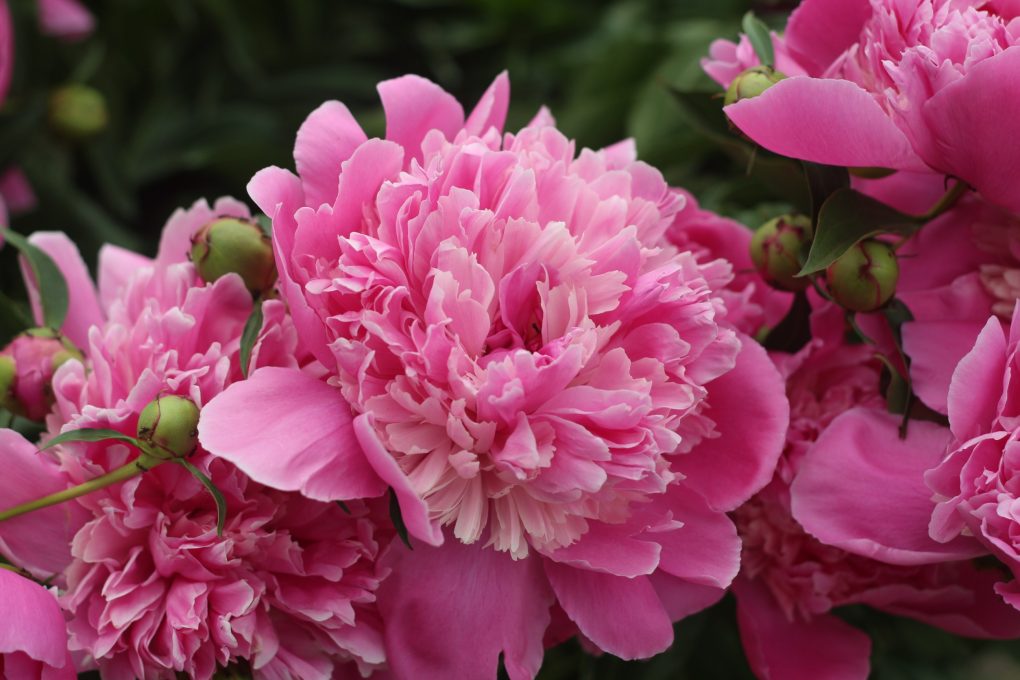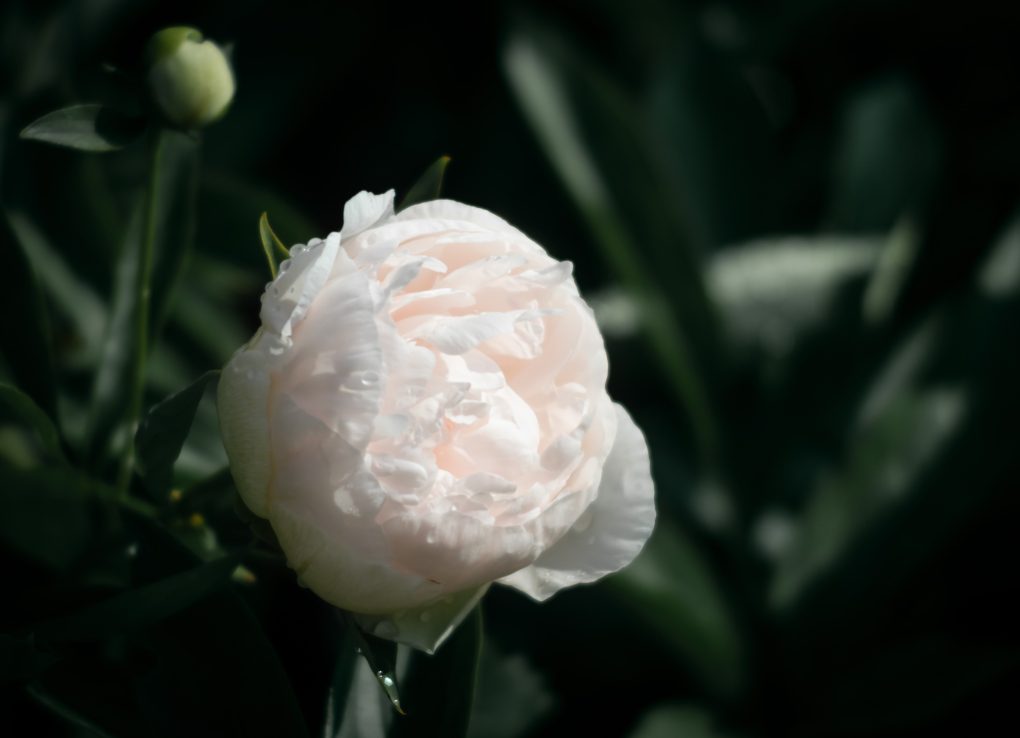Will Peony Buds Freeze? Can Peony Buds Handle Cold?
A cold winter is ideal for peonies (Paeonia spp.) to go into dormancy, their seasonal rest. However, peony buds may freeze if exposed to a late frost in the spring, shortly before bloom time. If frost is expected, peonies should be covered lightly. Yet, lack of chilling time is more likely to prevent blossoming than spring frost in mild-winter regions when nonstop days at 45°F or below are uncommon.

But peony buds face danger from frost, too, right? What if they freeze during winter? We want to tell you about peony bud freeze tolerance and how you can keep them safe from frost. This article discusses how much frost peony bud buds can handle and what temperature is ideal for peony bud growth.
Table of Contents
How Cold Is Too Cold For Peonies?
Peony plants are typically hardy and can withstand temperatures down to minus 30°F. However, a temperature below minus 30°F can cause some buds to die. Peony plants need around 20 to 42 days of temperatures between 32-40°F for buds to form. A late freeze in May or a temperature below 29°F can damage or kill peonies buds. If temperatures drop below 23°F, peony buds may be lost. To prevent peonies from freezing, it is important to provide them with adequate sunlight and warm temperatures during the growing season.
How to Protect Peony Buds From Frost
If you have peony plants, it’s important to protect them from frost. Several ways to do this include covering peony plants with plastic garbage cans, clear plastic drop cloths, or row cover fabric such as agricultural fleece. This will protect the peonies from wind and snow damage and prevent them from dehydrating due to freezing temperatures.
When it comes to peony stems, it’s important to trim off foliage and any diseased or damaged wood after the first frost in autumn or early winter. This will help to reduce the risk of peonies being damaged by late fall frost. If growing tree peonies, cut stems with pruners or garden snips and place them in a large plastic zip bag. It will help to keep the peonies healthy and prevent them from drying out.
Lastly, it’s important to water peonies thoroughly when planting. This will help ensure that the roots are well-established and can withstand cold weather conditions.
Cut Back Peonies for Winter
To protect peony bushes from frost, it’s important to prune back the plant during the winter. If you’re new to growing peonies, it’s a good idea to start with small plants and gradually work your way up to larger ones. For first-year peonies, mulching the root zone with compost or other organic material is recommended. This will help prevent roots from heaving out of the soil when temperatures drop below freezing. In addition, covering peonies with a light cover can also help protect them from frost damage. This is especially important for hybrid peonies that are less hardy than their parent species. Ultimately, cutting down and removing peony foliage in the fall is the best preventative measure for disease control and health maintenance.
Mulch Your Peonies

Peonies must be covered with soil or put in peat moss in the refrigerator during winter to protect them from frost. To ensure that peonies survive winter and bloom the following season again, it’s important to mulch them with 2.5–5 cm of straw, shredded bark, or other materials. You can also focus on planting peonies at the correct planting depth in colder regions instead of mulching. Make sure to follow local guidelines and regulations regarding the application of mulch. In zones 6 to 8, focus on setting peonies at the correct planting depth instead of mulching. This will help their survival through winter and allow for better growth in spring.
Clean Up Debris
If you have peony plants, it’s important to remove all plant litter around the peonies to avoid the fungal disease known as Botrytis blight. This disease is caused by a fungus that overwinters in dead foliage from the previous year. To avoid this disease, it’s best to cut off the peony foliage at ground level in fall and destroy it. Additionally, support plastic covers with stakes to prevent smashing plants. When storing peony plants for winter, use bricks or rocks to anchor corners of the plastic cover and use agricultural fleece. This lightweight material protects plants from cold while allowing in sunlight and moisture. By removing all plant litter and taking proper care of your peony plants this season, you can protect them from frost and ensure their health and success in the future.
Storing Peony Buds In The Fridge To Extend Bloom Time
Peony buds can be stored in the refrigerator to extend their bloom time. Cut 1-2″ off the stems and place them in a vase of room temperature water upon taking the buds out of the refrigerator. The buds will take a day or two to open after being stored in the refrigerator. If peonies are not open, they can be stored in the refrigerator for another day or two. This should help them bloom more fully.
If peonies are not blooming as expected, you can try a few things. Poor soil, immature plants, excessive mulch, insufficient sun, and early spring frosts can cause bud blasts and prevent peony buds from opening. Try improving soil quality by adding compost or leaf litter and using amended soils instead of untreated ones. Keep peonies growing between 50-75°F during the day and at night, and provide ample but not excessive sunlight. Lastly, monitor peony growth closely to avoid harsh frosts before bloom.
Before cutting peony stems for storage, check for any signs of disease or damage to the buds, such as blackened tips, shriveled edges, or discoloration around the stems.
Storing peony stems wrapped in damp paper towels in a plastic bag in the refrigerator will also prolong bloom time.
Picking The Right Peony Blooms To Save For Later

When planting peonies, it’s important to pick the right ones for your garden. Picking appropriate peonies for your climate and garden can help ensure success.
Some peonies take three or more years before blooming, so be patient when planting them. Wait three years before expecting to see blooms. Taking precautions when planting peonies grown in pots is a good idea, as they are more prone to diseases such as botrytis. If you’re unsure about the proper planting depth for peonies, check the base of each stem for a set of eyes; this is the best way to determine if the plant is at the correct level. Disturbed peonies may be set back, delaying blooms, and should be left undisturbed once planted.
